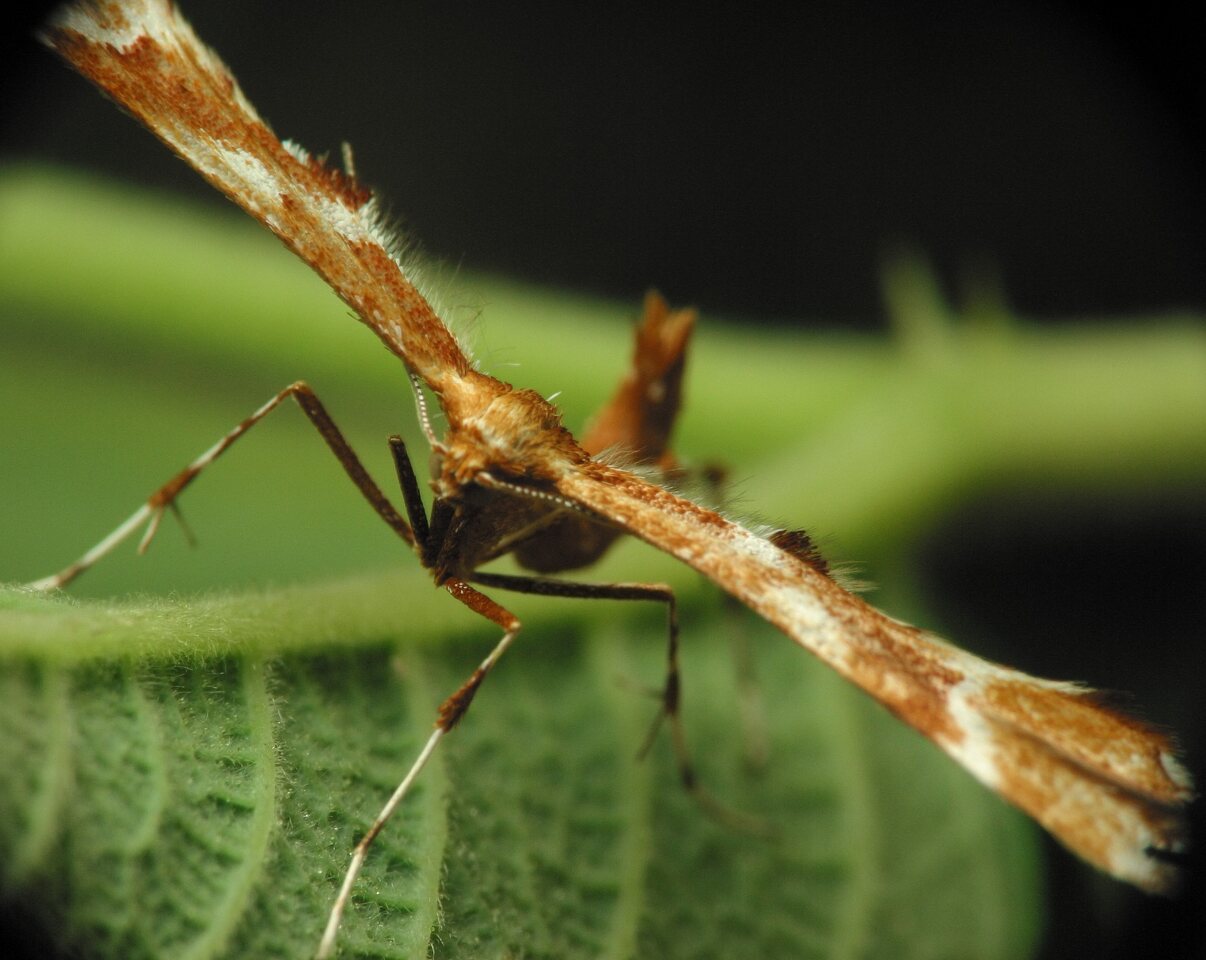4/6

Cnaemidophorus rhododactyla · erškėtinis pirštasparnis
- Cnaemidophorus rhododactylus
- rose plume moth
- Rosen-Federmotte
- Rusosulkanen
- erškėtinis pirštasparnis
- Rosenfjädermott, Rosenknoppfjädermott
https://en.wikipedia.org/wiki/Cnaemidophorus_rhododactyla It is found in the Northern Hemisphere, except for Greenland, Southeast Asia, and most of North Africa. The eggs hatch in the autumn and the larvae initially feed on leaves of roses, overwintering when small, probably in a stem. In May the larvae recommence feeding on the leaves and also flower buds and flowers. The moths fly in July and August, are attracted to light and are one of the most distinctively marked plume moths. It has a wingspan of 18–26 mm.
Larval foodplants include Japanese rose (Rosa rugosa), dog-rose (Rosa canina), glaucous dog rose (Rosa dumalis), burnet rose (Rosa spinosissima) and Rosa subcanina.
‥
0 comments
Add a comment